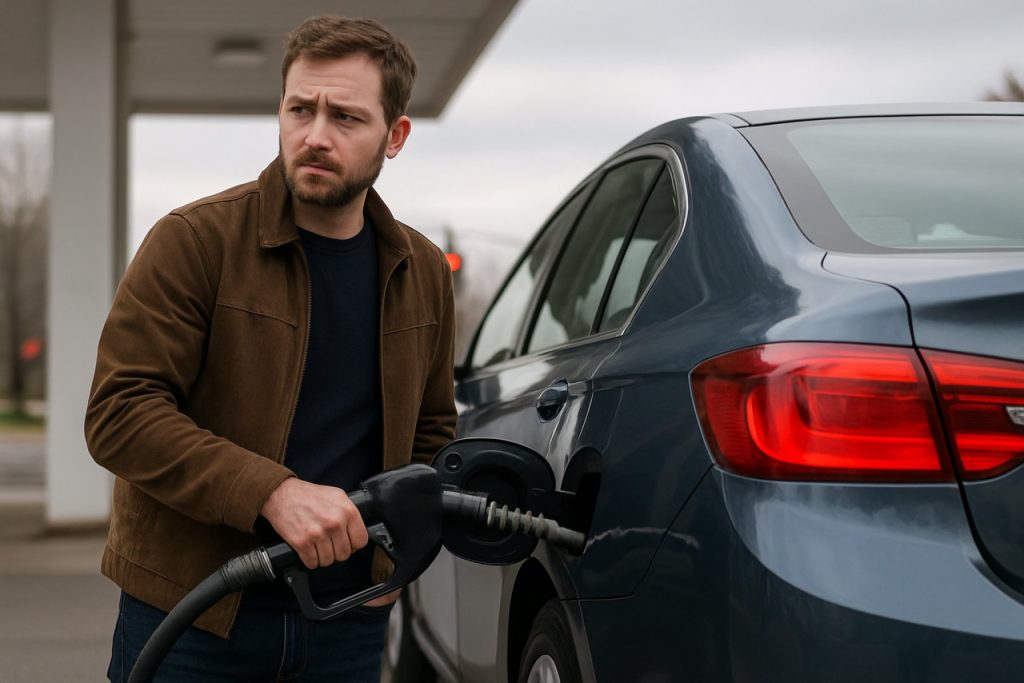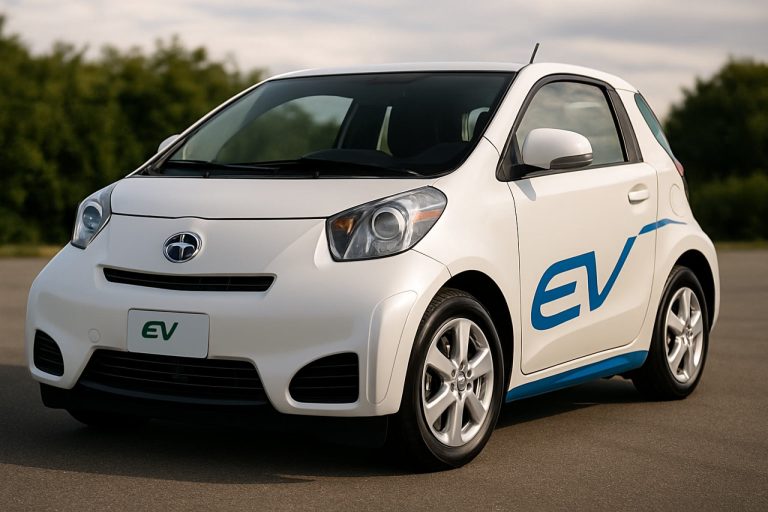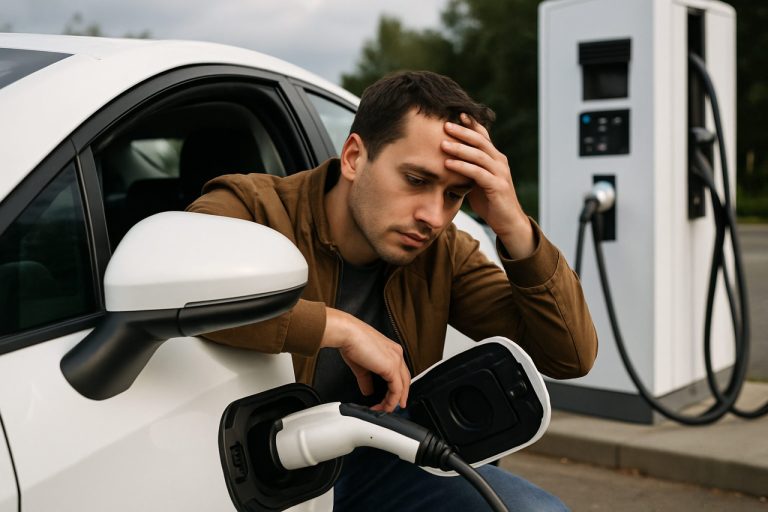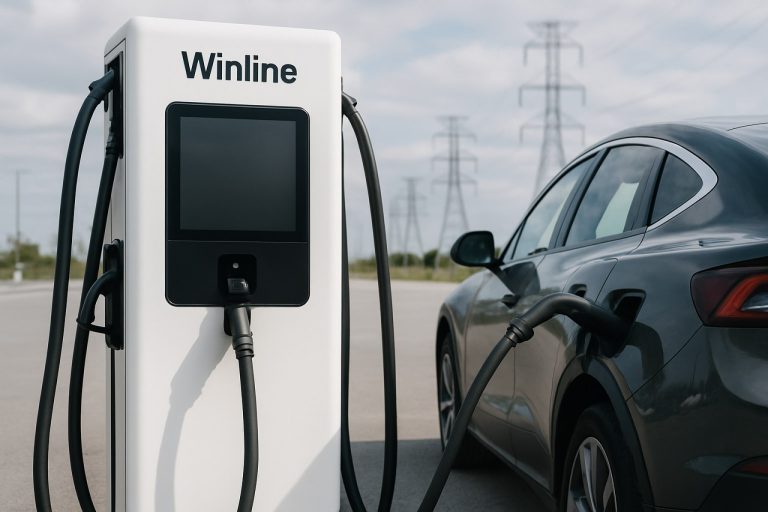
Shocking Drop in EV Enthusiasm: New Polls Reveal Why Americans Are Turning Away from Electric Cars in 2025
Interest in electric vehicles among U.S. drivers tumbles to a 6-year low, with polls revealing changing attitudes and new consumer concerns.
- 16% of U.S. adults likely to buy EV as next vehicle—lowest since 2019 (AAA, 2025)
- 63% now say they’d unlikely purchase an EV (AAA, 2025)
- 51% of Americans open to EVs vs. 59% in 2023 (Gallup, 2025)
- 365,000+ EVs sold in Q4 2024—but growth slowing
America’s love affair with electric vehicles (EVs) is losing its spark in 2025. Despite the hype and hundreds of new models, recent polls from AAA and Gallup find U.S. drivers far less eager to go electric than even a year ago.
AAA’s latest survey shows only 16% of American adults are likely to choose an EV as their next vehicle—a dramatic slide from 25% just three years ago. That downward momentum mirrors Gallup’s findings: Only about half the country is still considering an EV, down sharply from pre-2024 levels.
So, why the sudden cool-off? The story is not just about sticker shock. It’s also about long-distance anxiety, missing public chargers, shifting politics, and more.
Q: What’s behind Americans’ declining interest in EVs?
It’s not just politics or high costs that have U.S. drivers hesitating. AAA’s data reveals several pain points:
– High upfront prices and expensive battery repairs make EVs seem out of reach for budget-conscious buyers.
– The lack of public charging infrastructure is a recurring nightmare, especially for road trippers and urban commuters.
– Range anxiety remains real—nobody wants to be stranded with a dead battery.
– Many still believe EVs can’t go the distance for rural or cross-country journeys.
These concerns ring true for drivers in every demographic, with Gallup’s own environment poll showing declining interest even among traditionally supportive groups like young adults, college graduates, and Democrats.
Q: Are EVs really more efficient and cheaper to own?
Absolutely—on paper. AAA’s 2024 analysis found that EVs have the lowest fuel and maintenance costs compared to any other type of vehicle. Gasoline savings and environmental perks remain strong motivations for those still in the market.
But perception is everything: If Americans worry about charger access or surprise repair bills, savings at the pump may not be enough to tip the scales.
Looking for more about EV technology and trends? Visit domains like Tesla, Ford, and General Motors.
How have EV sales trended in 2024 and 2025?
The numbers paint a complex picture. Over 365,000 EVs sold in the last quarter of 2024—a jump from the previous year. Yet, the growth curve is flattening, and U.S. EV adoption lags behind the usual “S-curve” expected for breakthrough tech.
Even Tesla, the sector’s bellwether, faces headwinds following leadership controversies and shifts in federal policy. Still, industry voices see silver linings: Interest in hybrids is rising, and experts believe there’s still room for electric growth, especially if obstacles are removed.
Q: Who still wants EVs—and who’s switching to hybrids?
The Gallup poll uncovers notable partisan divides:
– Republicans: 55% interested or owning a hybrid; just 31% for full EVs.
– Democrats and young adults: Once the most enthusiastic, now showing sharp drops in intent to buy EVs.
With old habits firmly rooted and pump prices a strong motivator, hybrids are enjoying a moment. Many see them as a practical green upgrade while full EVs remain intimidating.
How do tariffs and policy changes impact the EV market?
The shifting political landscape is a wild card. Ongoing tariff disputes, uncertain consumer tax credits, and the pause on national EV charger rollouts all stoke uncertainty. These factors could further slow adoption or, with the right incentives, reignite U.S. consumers’ EV ambitions.
For latest policy developments, check White House and Department of Energy resources.
Ready to make your next move? The road to EV adoption is bumpier in 2025 than experts predicted, but the journey is far from over. If you’re weighing your options, use this quick checklist to drive your decision:
EV Readiness Checklist:
- Calculate total cost of ownership—include tax credits, not just purchase price
- Map charging stations near home and usual routes
- Test drive multiple EV and hybrid models
- Check local and federal incentives at trusted sources
- Review real-world range and battery warranty policies
Stay informed, shop smart, and rethink what’s possible on your next ride!



